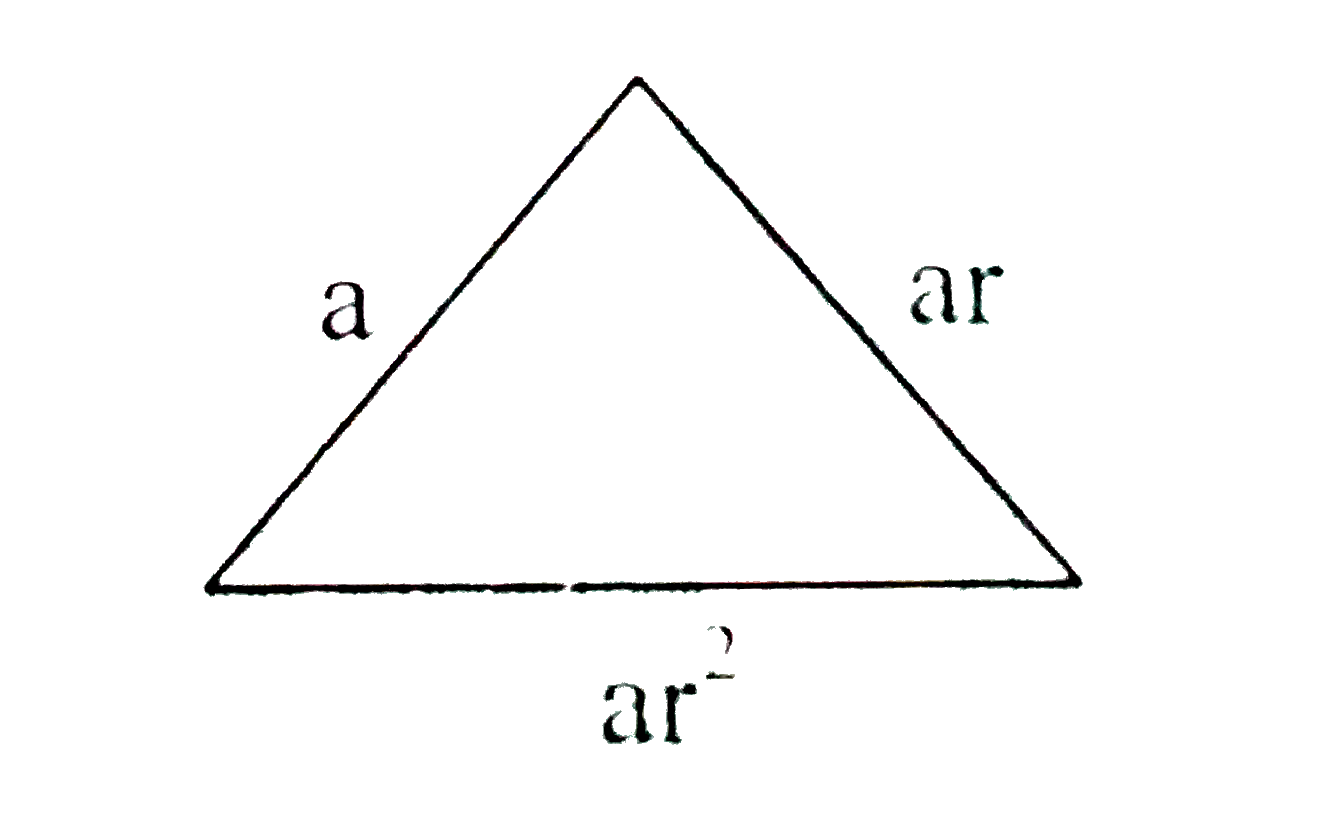Suppose the sides of a triangle form a geometric progression with common ratio r. Then r lies in the interval-
(0,−1+√52)
(1+√52,2+√52)
(−1+√52,1+√52)
(2+√52,∞)
The correct Answer is:C

a+ar>ar2
r2−r−1<0
r∈(1−√52,1+√52)……..(1)
ar2+ar>0
r>−1+√52,r<−1−√52…..(2)
ar2+a>ar,r2−1+1>0 always true
Solving (1) & (2)
r∈(√5−12,√5+12)
Topper's Solved these Questions
Similar Questions
Knowledge Check
the sum of the first 8 terms of a geometric progression is 6560 and the common ratio is 3. the first term is
A1B2C3D4
The sides of a triangle are in geometric progression with common ratio r>1. If the triangle is a right angled triangle, then r2 is given by ?
View SolutionThe sides of a triangle ABC are in GP. Ifr is the common ratio then r lies in the interval
View SolutionIf a,b,c are the first three non-zero terms of a geometric progression such that a=2,2b and 12c forms another geometric progression with common ratio 5, then the sum of the series a+b+c+..∞, is.
View SolutionThree numbers are in an increasing geometric progression with common ratio r. If the middle number is doubled, then the new numbers are in an arithmetic progression with common difference d. If the fourth term of GP is 3r2, then r2 - d is equal to :
View SolutionIf a,b,c are the first three non-zero terms of a geometric progression such that a−2,2band12c forms another geometric progression with common ratio 5, then the sum of the series a+b+c+...+∞, is
View SolutionThe altitudes of a triangle are in arithmetic progression, then the sides of a triangle are in
View SolutionIf the sides of a triangles are 3:7:8, then ratio R:r
View Solution
